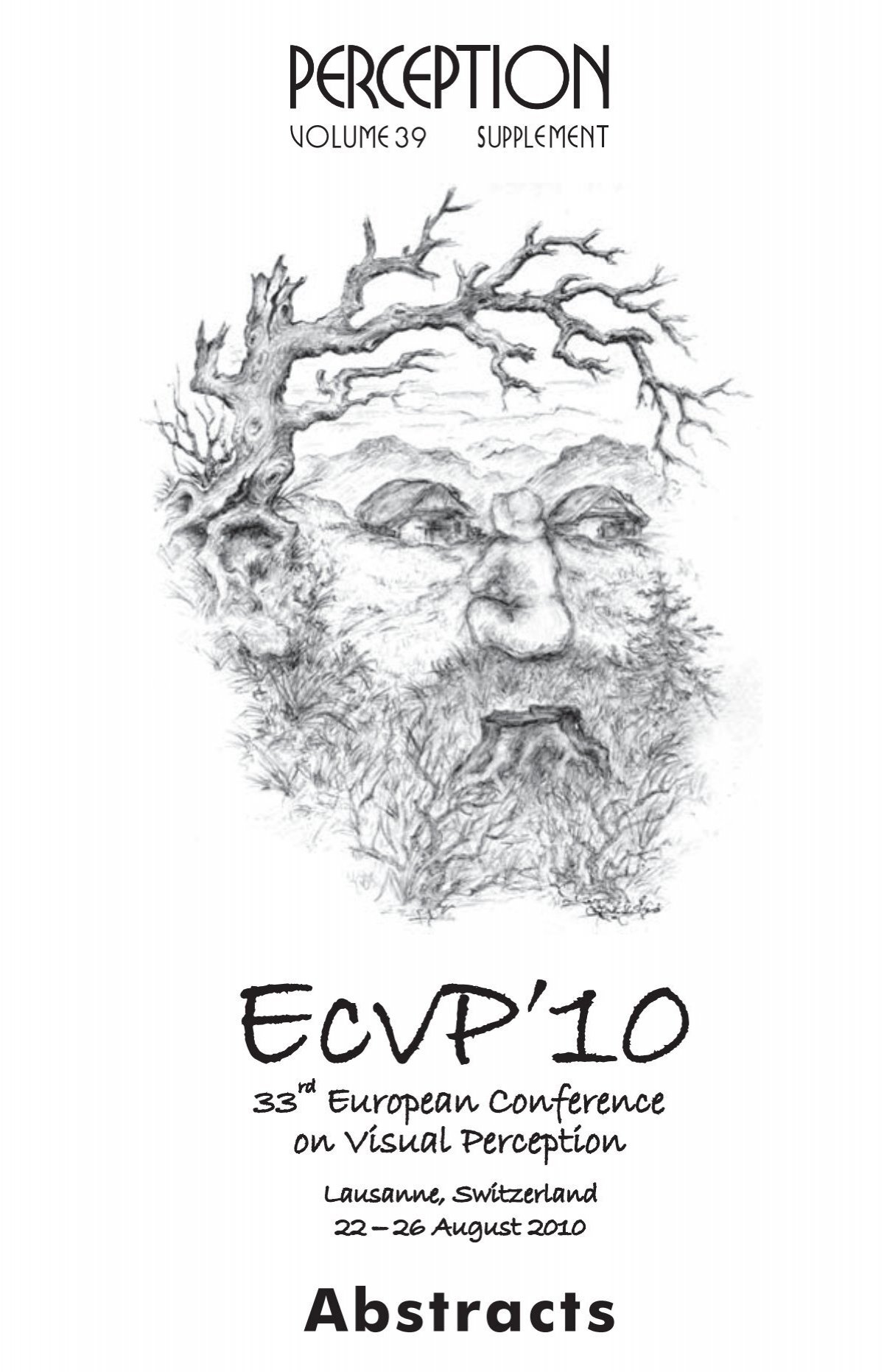
**Investigating Chromostereopsis: An Unusual Illusion of Depth**
Chromostereopsis is an intriguing optical phenomenon whereby certain hues seem to occupy distinct distances, giving a three-dimensional quality to a flat picture. This effect frequently occurs when observing high-contrast shades such as red and blue. Here’s how it influences perception and the reasons behind its appeal to many.
**The Experience:**
Some people experience a noticeable depth illusion, where hues like blue seem to recede or lie further away compared to red, which appears nearer. For others, the effect may be minimal or completely absent. Enhancing the illusion can involve straightforward actions like rapid blinking, raising screen brightness, or viewing the image in a dimly lit environment, which can intensify the perceived depth and cause the colors to seem to slide apart when moving one’s head.
**Why It Occurs:**
The mechanics behind this phenomenon relate to how various wavelengths of light focus on the retina. With red and blue situated at opposite ends of the light spectrum, they are focused differently, resulting in a disparity that some visual systems interpret as depth. Glasses can enhance this effect due to their ability to alter focus. While the precise science of chromostereopsis remains a topic of investigation, it underscores the complexity of human visual perception and its interpretation of color and depth.
**Individual Experiences Differ:**
Notably, individuals’ experiences of chromostereopsis can vary greatly. Some perceive red as closer, while for others, it is blue that seems nearer. A small segment of the population may not perceive this illusion at all, particularly those with stereoblindness, a condition in which visual depth is not experienced in the typical stereoscopic manner.
**Art and History:**
Chromostereopsis has been unknowingly leveraged by artists throughout history, from stained glass to contemporary video games. This implies that numerous visual artists may have instinctively utilized this effect, despite lacking a comprehensive understanding of the underlying science.
**Conclusion:**
Despite ongoing inquiries into chromostereopsis, it remains a testament to the intricate mechanisms of human perception and vision. Whether utilized as a deliberate artistic technique or simply as a curious optical effect, it enchants those who encounter its vivid depth illusion. For a more extensive investigation, resources like the Mind Hacks book and studies from experts such as Akiyoshi Kitaoka offer additional insights into this colorful phenomenon.